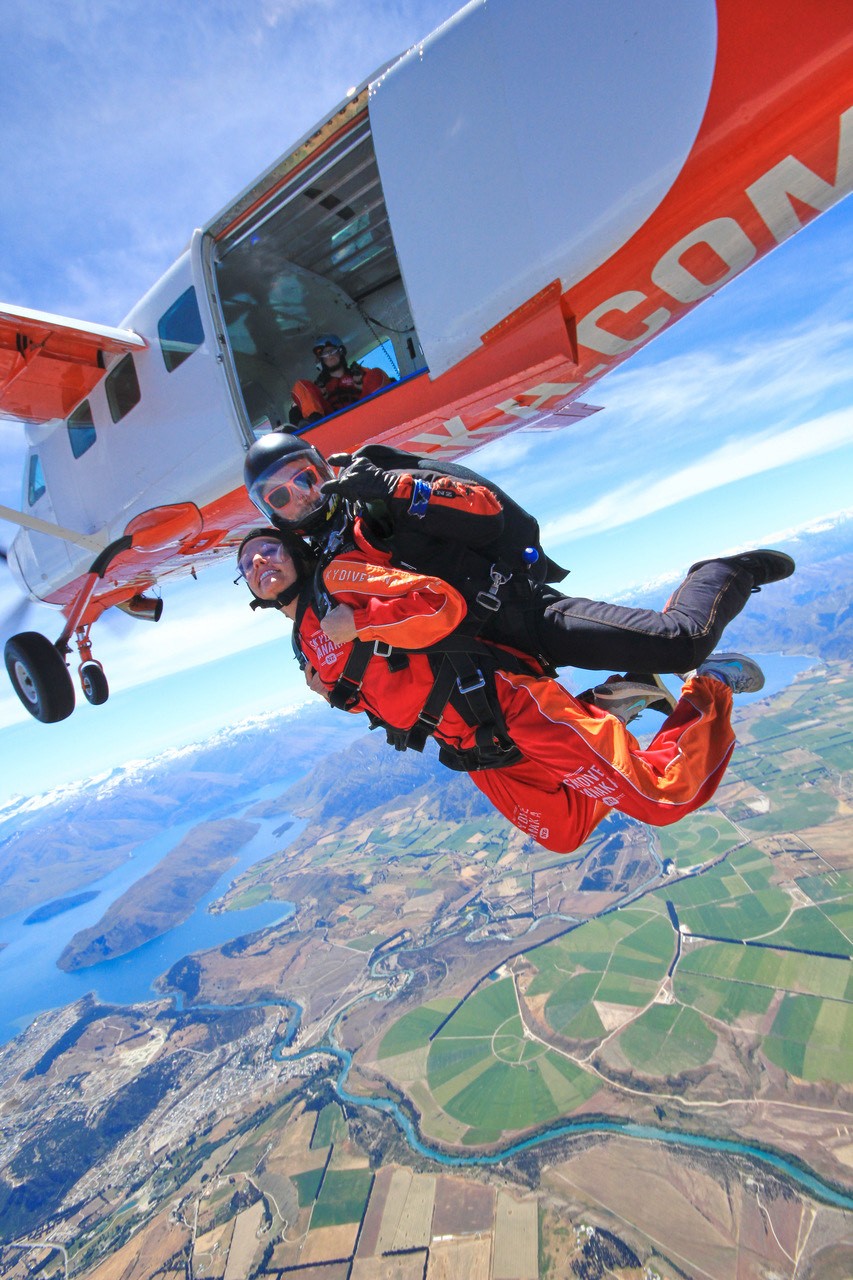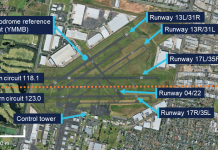The world of sports aviation is a thrilling one. Whether you’re carving through clouds in a nimble glider or leaping from 15,000 feet with only a parachute and your nerve, sports aviation turns the sky into your ultimate playground.
But there’s a lot that goes into ensuring the activities remain safe – for the pilots flying the aircraft, the skydivers jumping out and the paying customers holding their collective breath.
We sat down with Jeremy Booth, safety manager at Experience Co, a tourism business with sports aviation operations across Australia and New Zealand. We spoke about what makes an effective safety management system (SMS), why reporting and just culture matter in aviation and what tips other operators can use when looking to develop and implement their own SMS.
Thanks for joining us today, Jeremy. Can you tell us about Experience Co and your role there?
Sure. Experience Co is a tourism operator that conducts a number of operations, including diving and snorkelling on the Great Barrier Reef, tree-top adventures, as well as multiple aviation operations. Significantly we run 12 skydiving drop zones across Australasia.
I’m the group safety manager and serve as the CEO for our New Zealand aircraft maintenance base, Performance Aviation New Zealand, based in Wanaka.
It sounds like a big operation! Regarding the aviation side of the business, how is Experience Co’s safety management system structured so it supports its day-to-day activities?
From the outset, we made sure our SMS was designed for people first, and not just a tick-the-box exercise. A lot of people write their SMS just to meet the rules, but we focused on structuring it in a practical and useful way for the people doing the work. Because in the end, everything we do and every task that is completed relies on people and supports their safety. Or as I like to frame it, their performance.
If the SMS works well, it makes everyone’s job easier, safer and more efficient. Getting everyone involved and on board is key, and that means showing them how it actually helps them in their roles day-to-day.

What were some of the biggest challenges you faced when developing and implementing your SMS?
The first big challenge was just figuring out what it meant, understanding what was required and what the SMS needed to include to comply with the applicable rules and regulations.
Once we got a handle on that, we developed a system using a basic SMS template. It took us about 4 years of continual refinement to help it better meet the needs of the organisation as both evolved. What we ended up with was a SMS that was simple, practical and easy to use. A SMS takes time to develop and get right, there’s no one-size-fits-all template that you can just set and forget. As your organisation evolves, your SMS should too.
The next challenge was getting people on board. I treated it like a sales job, because without buy-in from the staff, a SMS that just sits in the safety manager’s office is pretty much pointless. The real value comes when people on the ground are involved and contributing. That’s when it really works.
How does the SMS identify any potential gaps within the organisation’s processes and procedures?
The great thing about having a SMS is that it puts clear accountability in place. You have people whose job is to spot what could go wrong and fix it. It gives you a clear structure to find and deal with problems early.
At Experience Co, we have processes in place to monitor how day-to-day operations are running, as well as more formal audit processes. If we identify gaps in any of these processes, we investigate what might be behind it. For instance, it might be equipment that needs an upgrade, or maybe someone needs extra training and competency review.
In our New Zealand operations, we employ between 120 to 180 people, so there’s always going to be some variation in knowledge and performance. Our SMS helps us identify and catch gaps early, so we can put measures in place to mitigate potential actions that might lead to a safety incident.
Within the SMS, how is just culture promoted, and what strategies do you use to make employees feel comfortable reporting near misses or safety issues, should they arise?
We give all our staff SMS training when they start in their role and do refreshers each year. A part of this training is dedicated to communicating the importance of just culture.
We keep the message simple: if you make an honest mistake, tell us, so we can fix it and stop it happening again. People really respond well to it because they hear that if something goes wrong and they’ve genuinely done their best. They can speak up without getting in trouble – as long as they haven’t been reckless or cut corners.
We also remind managers how important just culture is and build it into our safety policies. We reinforce this by sharing real examples of when someone has come forward with an issue, we’ve fixed it and thanked them for speaking up. Hiding a mistake, after all, is worse than admitting to one. It’s about keeping everyone safe and learning from what goes wrong.
What is the process for submitting safety reports at Experience Co?
To encourage people to report, we had to make the reporting process as streamlined and accessible as possible – we didn’t want people dealing with a bunch of different registers if they didn’t need to. Working with a developer, we designed our reporting system to be a one-stop shop for reporting safety incidents and SMS events.
The system is set and starts with one question, then expands as needed, going up to 60 data points or more, depending on what reporting items are triggered.
As I mentioned earlier, we spent about 4 years building and tweaking the reporting portal to make it as smooth and intuitive as possible. For some staff, it might be a year between reports, so their reporting system needs to be user-friendly and intuitive.
Like a SMS, perfecting the online reporting forms to achieve simplicity was also a long process. There is one question that had to be reworked numerous times because people kept misinterpreting it.

How do you work with regulators, aeroclubs and other operators to share safety information for mutual benefit?
In any given year, we have roughly 70–80 safety reports. We share them with the New Zealand Civil Aviation Authority (NZCAA) and the New Zealand Parachute Industry Association (NZPIA). Both organisations govern commercial tandem skydiving and other operators for transparency and oversight.
The regulators use this data to track our safety performance, and benchmark it against comparable aviation organisations in New Zealand, Australia and overseas. The data we provide helps the authorities understand what’s important to sports aviation operators and how to help us improve the safety of our operations.
We’ve established a productive working relationship with both the NZCAA and NZPIA, built on trust and a strong reporting culture. We really value their support in improving safety outcomes across industry.
What advice would you give to other operators as they start developing and implementing their SMS?
Any advice you can get on what a SMS should look like in its simplest form is gold and it’ll save you a lot of time and money, help you get better results and make it easier for your team to buy in.
The key is to be ready to keep refining your SMS over and over until there’s nothing left to fix, although this is a misnomer – something can always be improved. For smaller operators: don’t overcomplicate it, keep it simple and practical.
Last, you’ll need to be prepared to sell it to your people by clearly outlining how a SMS benefits them and why it makes working at your organisation better and safer.
Further reading:
- Safety management systems at work in the regions
- Think about what you’re doing: the basics of SMS
- Safety culture and SMS: They go hand in hand
- Access a range of resources on the CASA website including our popular SMS resource kit to help you develop your SMS.






